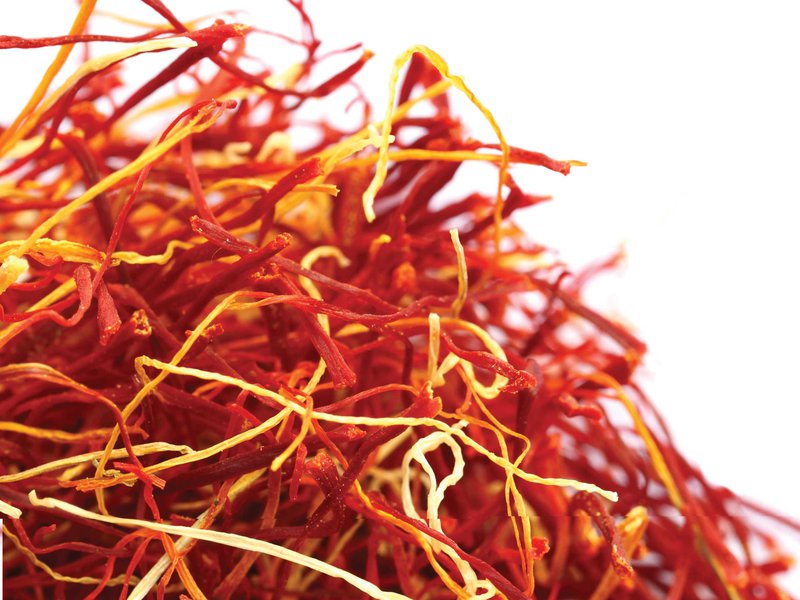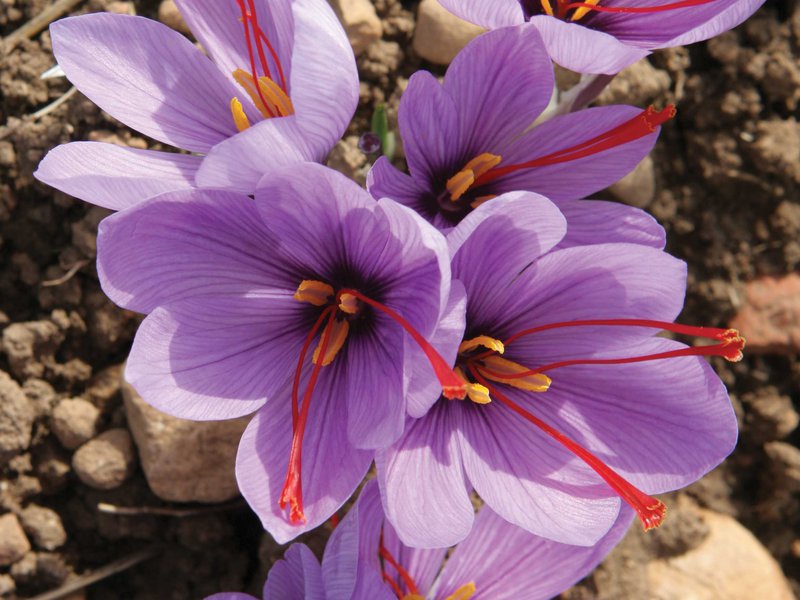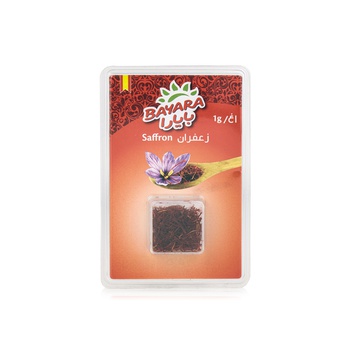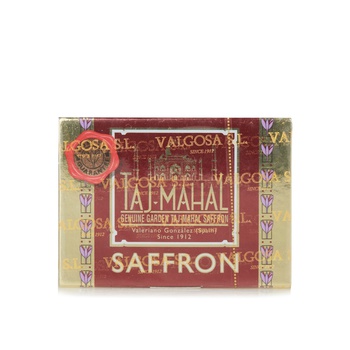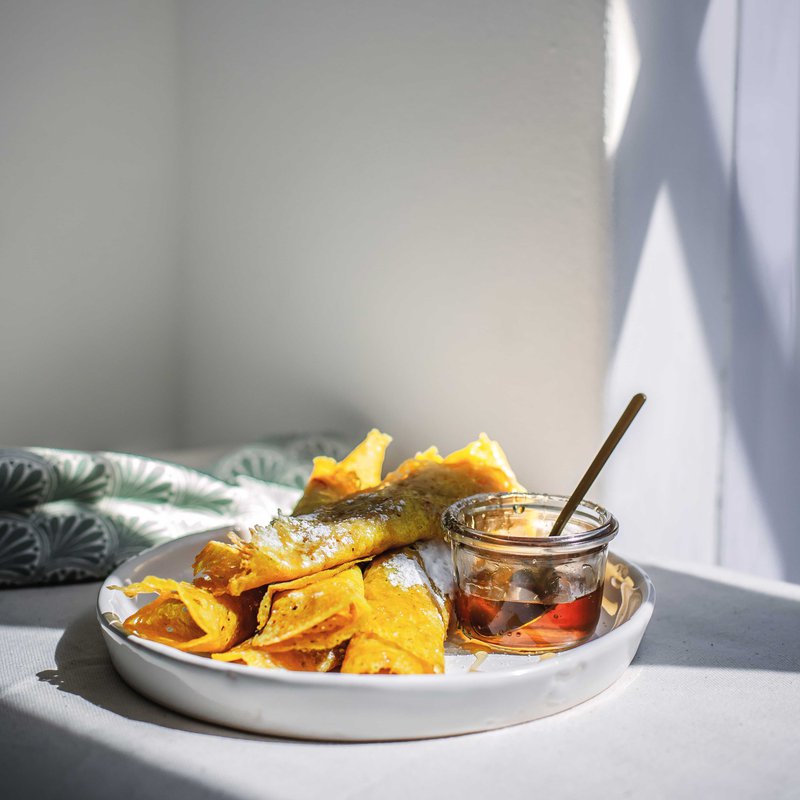“I remember a childhood holiday so clearly, visiting the village of my maternal grandparents, just below the Gran Sasso in Abruzzo, Italy,” explains Laura Allais-Maré, gardener and slow food advocate in Dubai. “The air was crisp and fresh, and I was mesmerised by the sight of hundreds of thousands of crocuses pushing through the tufts of grass and melted snow. My mother picked a flower, showed me the vivid crimson stigmata and explained that this was where saffron came from. I’ve been in awe of the spice ever since.”
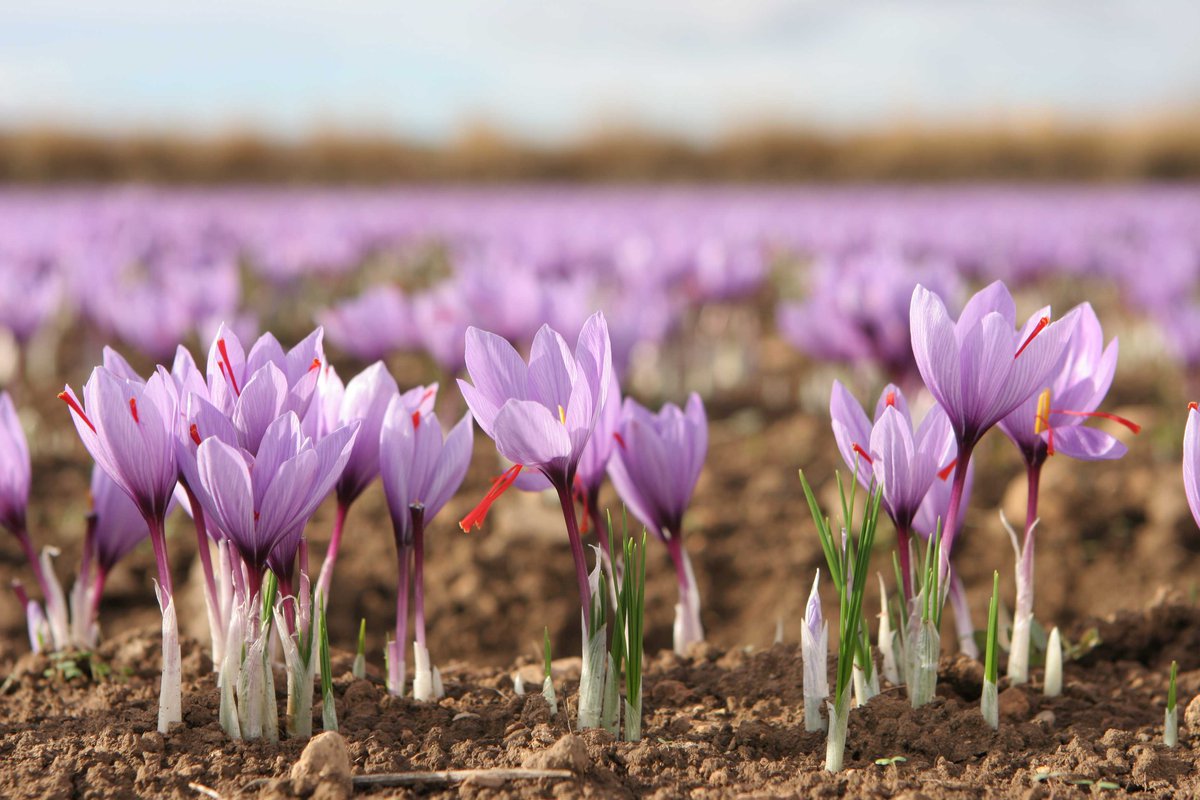
Almost all saffron grows in a belt, bounded by the balmy Mediterranean in the west, and the mountainous Kashmir in the east. Iran, Greece, Morocco, the Kashmir region, Azerbaijan, Spain, and Italy dominate the world harvest.
Precious commodity
Each crocus has three stigmas, and it takes approximately 160,000 flowers to produce just 1kg of dry spice. The labour-intensive production process explains why saffron is rather pricey although, thankfully, a little goes a long way, and good saffron keeps for over two years when properly stored in a cool, dry, dark place.
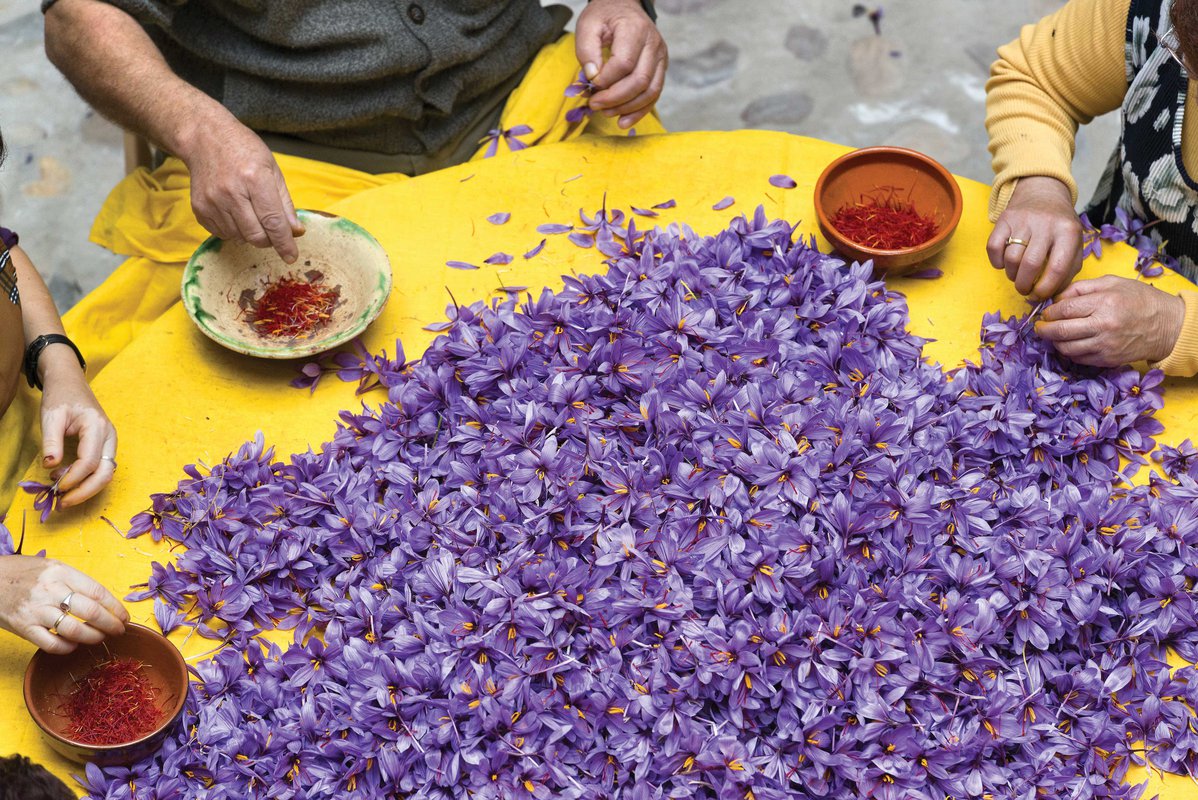
Flavour & colour
Connoisseurs describe saffron’s aroma as “metallic honey with grassy or hay-like notes”. Saffron releases a luminous yellow-orange colouring to foods and is widely used in Indian, Persian, European, Arab, and Turkish cuisines, imparting a unique flavour to many traditional dishes, such as Spanish paella and French bouillabaisse. Before chemical pigments, saffron was used to dye liquids, skin, hair and cloth and in ancient times, the Dalai Lama’s robes were died in saffron. The vivid colour comes from a substance called crocetin. Generally, a pure red saffron is the most expensive and of higher quality, but gives off the same yellow colour, albeit a little deeper.
Good for you
Saffron’s use as a herbal medicine is legendary. Medieval Europeans used it to treat respiratory disorders, scarlet fever, and smallpox, while the ancient Persians and Egyptians, used saffron as an aphrodisiac, an antidote against poisoning, a digestive stimulant, and a tonic for dysentery and measles. Fitting in with the Spinneys Eat Well, Live Well campaign, today it's known that saffron can aid digestive health and eyesight while combatting insomnia and depression.
Slow release
Saffron releases its flavour when put in contact with warm water. It takes about 20 minutes for this to begin to happen, and the threads will continue to release colour and flavour for the next 24 hours, which is why many saffron dishes taste even better the next day.

